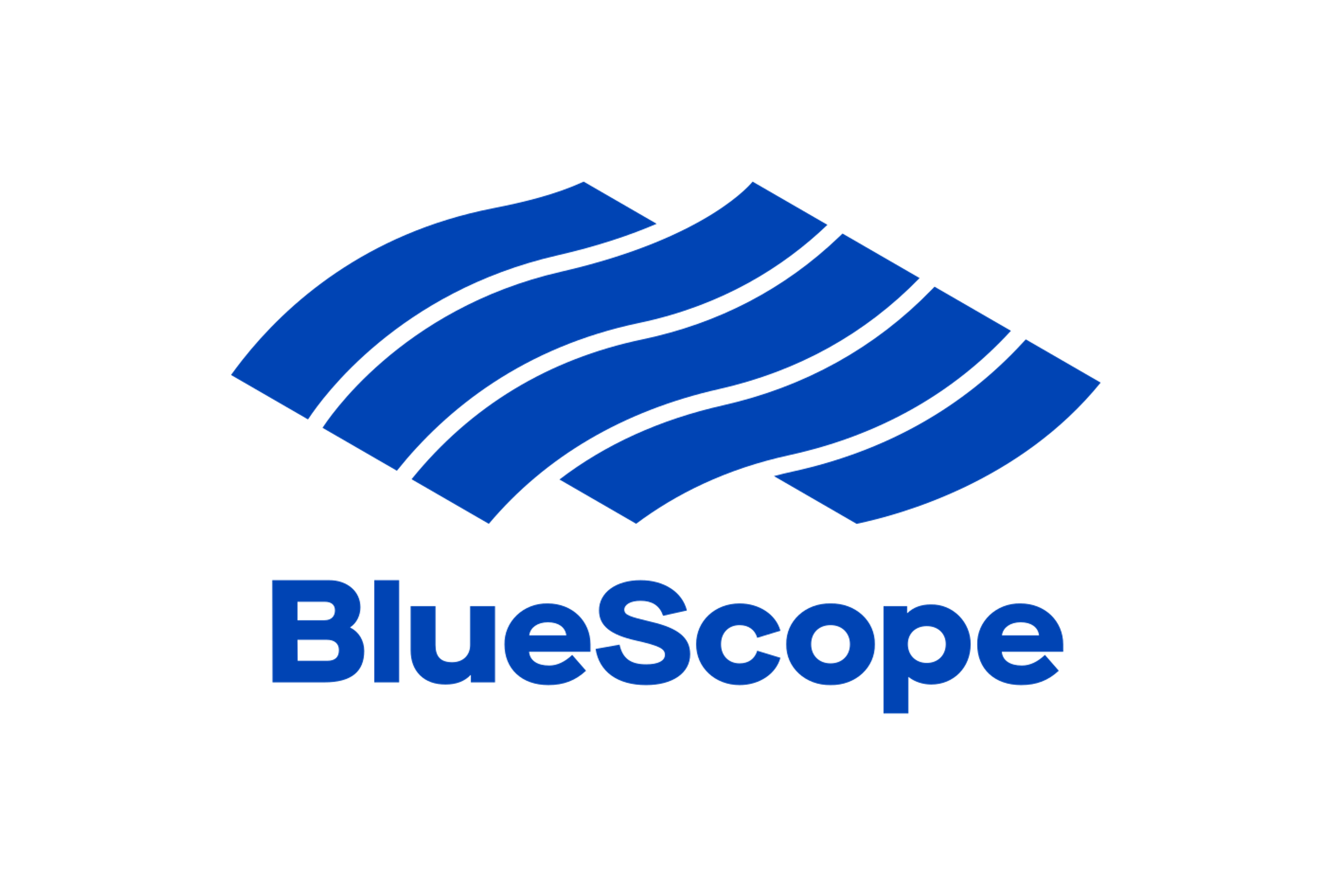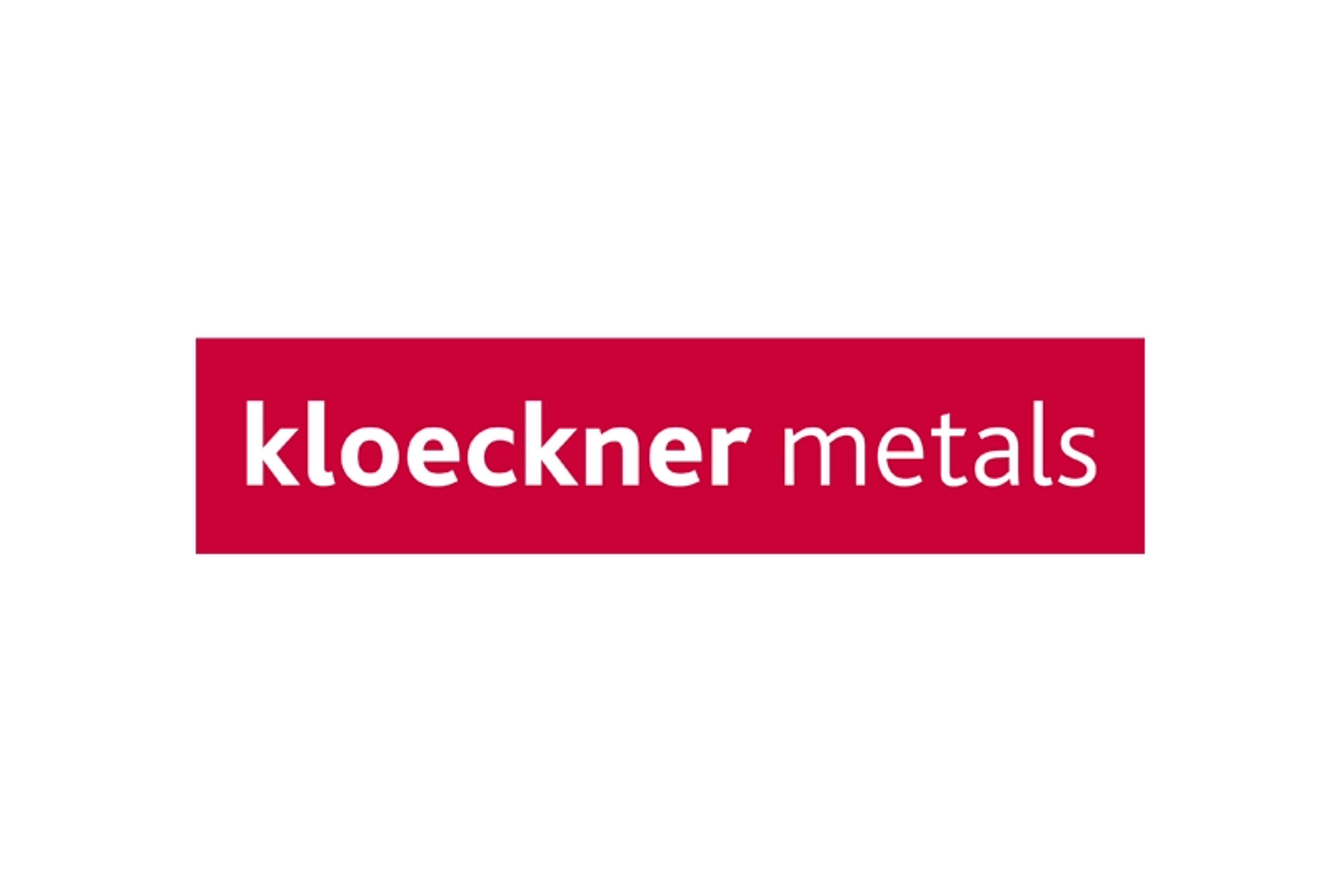Market Segment

January 19, 2021
HARDI Members: Prices to Break '08 Records, Rise into Spring
Written by Michael Cowden
Flat-rolled steel prices have room to rise despite being at record levels, and any correction might not come until well into the second quarter. That was the takeaway from a conference call this morning with members of the Heating, Air Conditioning & Refrigeration Distributors International (HARDI).
“I don’t remember a market like this. Maybe at the peak of 2008. But we have certainly surpassed those pricing levels,” one southeast distributor said on the call.![]()
Case in point: Mills that a month ago were seeking galvanized base prices of $1,000-$1,020 per ton ($50-51/cwt) are now seeking $1,200 or more, he said.
The gains have been particularly sharp over the last month. Steel Market Update’s galvanized base price averaged $1,210 per ton last week, up $160 per ton from an average of $1,050 per ton in mid-December.
Despite such steep price increases, demand remains “very good,” and it is “almost impossible to find any galvanized on a spot basis,” the southeastern source said.
More than 90% of HARDI members expect that prices will continue to increase over the next 30 days. Nearly half think they will rise by more than $40 per ton over that period, while approximately a third think the gains could be $80 per ton or more, according to a real-time poll conducted during the call. Fewer than 10% thought that prices would remain flat. And none thought they would fall over the next month.
What’s driving such bullishness? John Packard, president and CEO of Steel Market Update, noted that galvanized lead times average 10-12 weeks–perhaps the longest the industry has seen since 2004.
Galvanized prices, meanwhile, are at the highest Packard has seen since he started his career in the steel industry in 1977. “And I don’t see anything at the moment that’s going to break this streak,” Packard said, noting that “stratospheric” hot-rolled coil prices certainly wouldn’t relieve the upward pressure.
Hot-rolled coil prices had soared to an average $1,080 per ton when this article was filed, the highest mark ever recorded by SMU. And Packard said he expected them break out above $1,100 per ton this week given that some mills are already offering hot band at $1,200 per ton or more.
One potential chink in steel’s armor: the potential for incoming President Joe Biden to ease Section 232 tariffs and quotas on imported steel. But that’s unlikely in the short-term given that the nation’s 46th president has more pressing items on his agenda, Packard said.
And high prices could have more staying power should energy, a key end market for steel, continue to recover. “We are starting to see green shoots,” Packard said, pointing to oil prices breaking out above $50 per barrel.
Another issue to watch is the impact of steel industry consolidation, notably Cleveland-Cliffs Inc.’s acquisition of AK Steel and ArcelorMittal USA. Those deals mean Cliffs, which a year ago “did not make a pound of steel” is today the largest flat-rolled steel producer in the U.S. “If they do not open more blast furnaces, then supply is going to continue to be an issue,” he said.
Cliffs, for example, continues to run only one of two blast furnaces at its steel mill in Cleveland. The company did not respond to a request for comment for this article.
Further squeezing supplies in the area is the ongoing strike at NLMK Pennsylvania, which has an outsized impact on galvanized availability in particular, Packard said.
“There is no perceived weakness at the mill level. And it is somewhat a perfect storm in favor of higher mill prices,” the southeast distributor said.
One issue to keep an eye on is credit and credit risk given such historically high prices, said HARDI members. Another key factor to watch is demand. “Prices are high, availability is limited. … The saving grace of this whole price cycle has been demand. It has been very robust,” said one Midwest HVAC wholesaler. “Initially we would have called for this price cycle to end in Q1. … But now with (extended) mill lead times, we see this peaking out sometime in Q2.”
High prices to date have not led to any “demand destruction,” but some customers with enough material to tide them over are waiting to place orders until the second or third quarter, something the Midwest HVAC source termed “demand delays.”
Delaying buys might be a risky strategy given that some production lines–certain automotive stampers, for example–have been forced to temporarily shutdown because of steel shortages, a Midwest service center source said. “Inventory is more important than pricing right now.”
While most HARDI members were optimistic about demand in the short-term, others were concerned about potential weakness in the construction sector–mostly on the commercial side–and about the perhaps severe magnitude of a price correction when one comes.
One West Coast HVAC source said he was staying out of the import market–and the four to five month lead times associated with it on the galvanized side–because of the potential for “volatility in the market” in the U.S. over that time period.
Several execs on the call expressed concern that steel consumers, in their rush to buy ahead of the next wave of price hikes, might be pulling ahead demand from future quarters. That could result in prices falling sharply once they lose their upward momentum.
“When the pricing pressures stop, your demand goes down immediately as a result of that,” one manufacturer said. “So that’s going to be painful.”
HARDI’s flash poll reflected those concerns. More than half of the respondents predicted that prices would correct downward in May and that the correction, when it comes, would be more than $80 per ton.
Steel Market Update participates in a monthly steel conference call hosted by HARDI. The call is dedicated to a better understanding of the galvanized steel market. The participants are HARDI member companies, wholesalers who supply products to the construction markets. Also on the call are service centers and manufacturing companies that either buy or sell galvanized sheet and coil products used in the HVAC industry and are suppliers to the HARDI member companies.
By Michael Cowden, michael@steelmarketupdate.com







